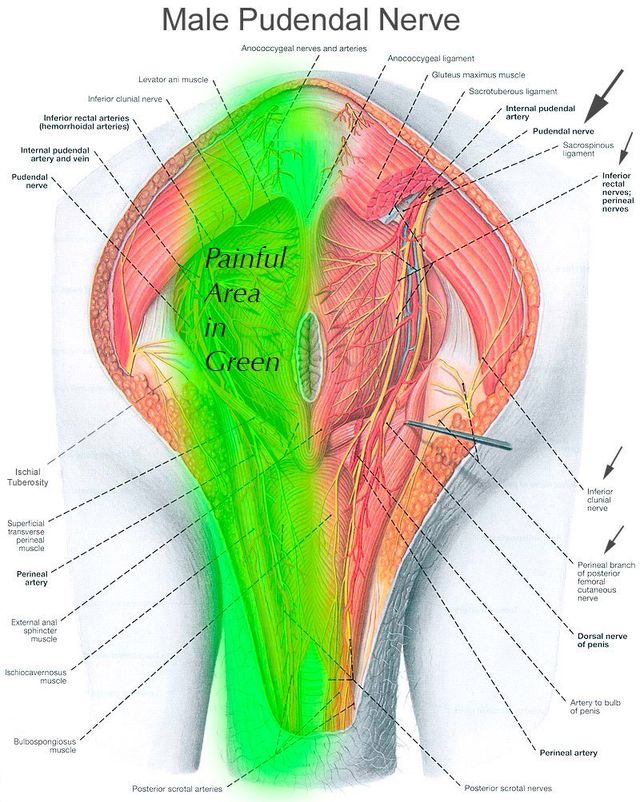pelvic floor dyssynergia symptoms
Today it is increasingly recognized that pelvic floor dysfunction can cause constipation and difficulty with defecation. There are many other symptoms.
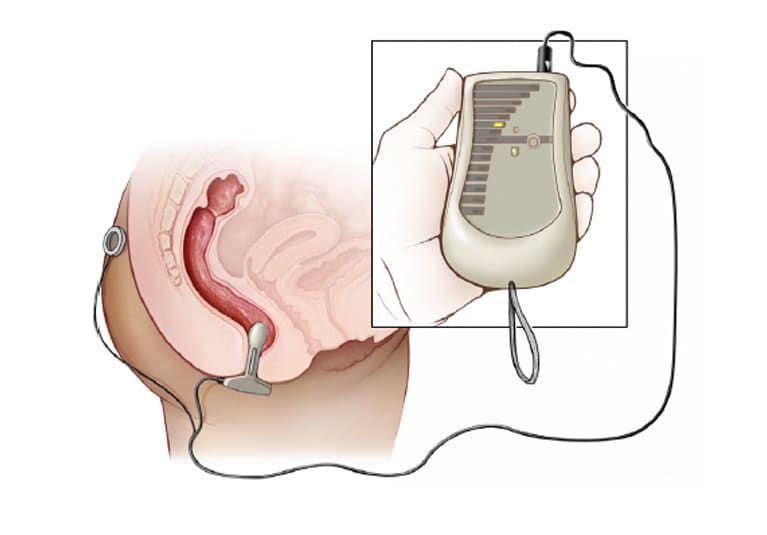
Unique Intensive Curriculum Helps Patients Retrain Pelvic Floor Muscles Mayo Clinic
The condition involves the abdominal muscles relaxing when they should be contracting and the respiratory diaphragm contracting when it should relax during digestion.
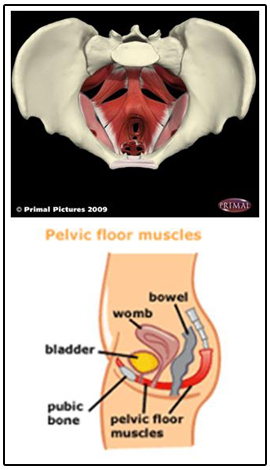
. The median time of follow-up was 24 months. Although this condition predominantly affects women up to 16 percent of men are affected as well. With constipation a diagnosis of pelvic floor dyssynergia is commonly found during anorectal manometry.
Role of physical therapy. Symptoms include constipation straining to defecate having urine or stool leakage and experiencing a frequent need to pee. Dismiss this notification PatientsLikeMe would like to remind you that your browser is out of date and many features of the website may not function as expected.
If you are diagnosed with pelvic floor dysfunction you may experience symptoms including. Dyssynergic defecation is a condition that affects the pelvic floor muscles. Your pelvic floor includes muscles and connective tissue that support your bladder rectum and other pelvic organs.
Pelvic floor physical therapy can use a variety of methods including Biofeedback and manual feedback of the pelvic floor to assist in learning better coordination and relaxation. These are muscles located in the lower abdomen that allow bowel movements to pass normally. Pelvic floor dysfunction is a term used for a variety of disorders that occur when pelvic floor muscles and ligaments are impaired.
However in the last decade there has been compelling evidence of significant psychological distress in patients with dyssynergia and that DD greatly impacts. Pain in the pelvic region genitals or rectum. Pelvic floor dyssynergia is not life threatening however its symptoms reduce the quality of life of those suffering.
It can result in chronic constipation. The muscle was palpated and verified by recording with unipolar. COMMON SYMPTOMS OF PFD IN MEN.
Pelvic floor dysfunction is the inability to correctly relax and coordinate your pelvic floor muscles to have a bowel movement. For women pain during intercourse. Ongoing pain in your pelvis genitals or rectum.
Dyssynergic defecation is considered to be the result of pelvic floor dysfunction in that the muscles and nerves within the pelvic floor are not functioning. The followup interview took place after a mean period of 30 12 years. To diagnose pelvic floor dyssynergia your GP will rule out other conditions that may be causing your symptoms such as slow-transit constipation.
Dyssynergia is the lack of coordination of these actions and can make having a bowel movement very difficult leading to constipation excessive straining and pain. Excessive straining when having a bowel movement. Pain in scrotum perineum testicles andor groin.
In 1997 Albanese et al. Biofeedback training is the treatment of choice. Pelvic floor muscle training PFMT.
Subsequently several terms have been used to. They received biofeedback therapy for pelvic floor dyssynergia. Using your fingers to help you have a bowel movement digital evacuation Overview Causes.
It can result in chronic constipation. This is difficulty passing stool due to problems with the muscles and nerves of the pelvic floor. Dyssynergic defecation occurs when the pelvic floor muscles are unable to.
In the past the understanding of DD was poor. Urinary issues like painful urination or the urge to urinate. The pelvic floor is composed of a group of muscles that.
1 Preston and Lennard-Jones 2 first described the association of paradoxical anal contraction during attempted defecation in patients with constipation and coined the term anismus. When you have pelvic floor dyssynergia pelvic dyssynergia the muscles in your pelvic floor become uncoordinated. The pelvic floor are the muscles that attach to the pelvis in the abdomen.
Anal sphincter dyssynergia also known as pelvic floor dyssynergia is the weakening of the pelvic floor or sphincters in the anus. Urinary frequencynocturia excessive nighttime voids Lowweak urine flow. Ad Pelvic Support Belt for Women w Prolapsed Uterus Vulvar Varicose Veins Pubic Symphsis.
Those affected with pelvic floor dyssynergia typically cannot correctly relax their pelvic floor muscles resulting in difficulty urinating or irregular bowel movements. Urinary issues such as the urge to urinate or. Symptoms can include pelvic pain pressure pain during sex urinary.
Symptoms of pelvic floor dyssynergia include. If performed correctly and routinely PFMT may improve the symptoms of urinary incontinence and prolapse. Difficulty starting urine streamfeeling of incomplete emptying.
It is marked by the failure of pelvic floor muscles to relax or a paradoxical contraction of the pelvic floor muscles with defecation. Published for the first time an injection of BoNT for pelvic floor dyssynergia in a patient with PD Albanese Brisinda Bentivoglio Maria 2003. If you frequently need to use the restroom and feel like youre forcing it there is a good chance you may be suffering from pelvic dysfunction.
Dyssynergic defecation is a health condition with difficulty passing stool due to problems with the muscles and nerves of the pelvic floor. These muscles tighten contract to prevent stool from leaking. Learn from their data and experience.
Normally what should occur is the abdominal muscles. Pelvic floor dyssynergia is known by many different names including. Once patients with pelvic floor constipation have these basic tools they can begin retraining the pelvic floor muscles with biofeedback.
Dyssynergic defecation is a health condition with difficulty passing stool due to problems with the muscles and nerves of the pelvic floor. Pain in sitting sitting on a golf ball or rock. Rectal painpain that wakes at night Prostatic Fugax.
Pelvic Truss Undergarment Relieves Aches Pains Associated with Pelvic Floor Dysfunction. Based on the principle of operant conditioning biofeedback provides auditory and visual feedback to help retrain the pelvic floor and relax the anal sphincter. Treating Abdomino-Phrenic Dyssynergia with Pelvic Physical Therapy Abdomino-phrenic dyssynergia is a functional gastrointestinal disorder FGID.
The pelvic floor muscles do this by supporting organs such as the rectum uterus and bladder. 3 However PFMT cannot correct prolapse. Constipation or bowel strains.
Thus symptoms are good predictors of transit time but poor predictors of pelvic floor dysfunction. Pelvic Floor Dysfunction Symptoms. To put it simply the pelvic floor muscles are overactive tight or non-relaxing.
Less than three bowel movements per week. Anismus puborectalis dyssynergia paradoxical puborectalis obstructive defecation dyssynergic defecation pelvic outlet obstruction and pelvic floor dysfunction. Unexplained pain in your lower back.
The condition affects up to 50 percent of women who have given birth. Common symptoms of constipation include infrequent bowel movements straining hard stools and the sensation of incomplete emptying of fecal matter with BMs. A condition with similar symptoms but different causes is Pseudodyssynergia.
See how 146 people just like you are living with pelvic floor dyssynergia. This makes it difficult to have a bowel movement. Initial treatments include biofeedback pelvic floor physical therapy and medications.
Resulting in 179 days absence from work school each year for the average sufferer. Conditions associated with pelvic floor dysfunction include. Pain in your lower back.
Patients were treated on a weekly basis by an average of 6 2 sessions. If there is something wrong with the function of the pelvic floor muscles people may experience the following pelvic floor dysfunction Symptoms. They were all assessed after the end of biofeedback therapy.
Often referred to as Kegel exercises PFMT involves squeezing and relaxing the pelvic floor muscles. An example of anorectal dysfunction that can contribute to constipation is a condition called Pelvic Floor Dyssynergia also referred to as anismus.

Pelvic Floor Dysfunction A Treatment Update

Pdf Pelvic Floor Dysfunction And Biofeedback In The Pathophysiology And Treatment Of Constipation Semantic Scholar

Pelvic Floor Muscle Dysfunction Pfmd Pamela Morrison Pelvic Pain Physical Therapist P C

Pelvic Floor Dysfunction Gastrointestinal Society
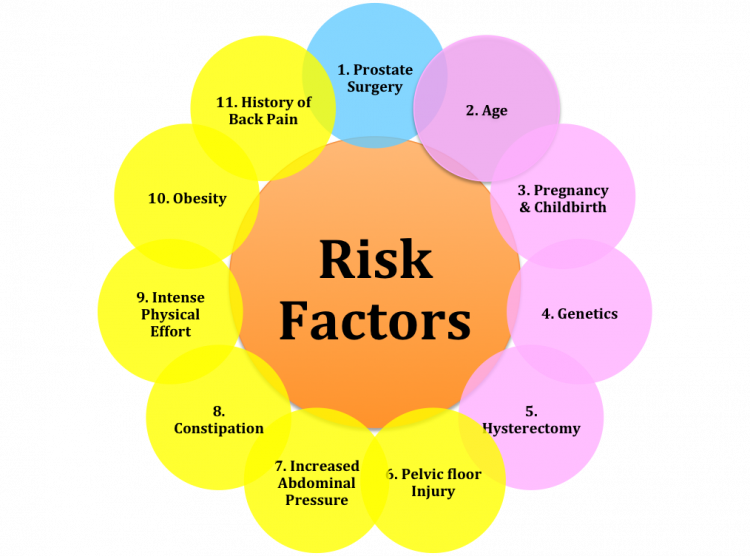
Pelvic Floor Dysfunction Physiopedia
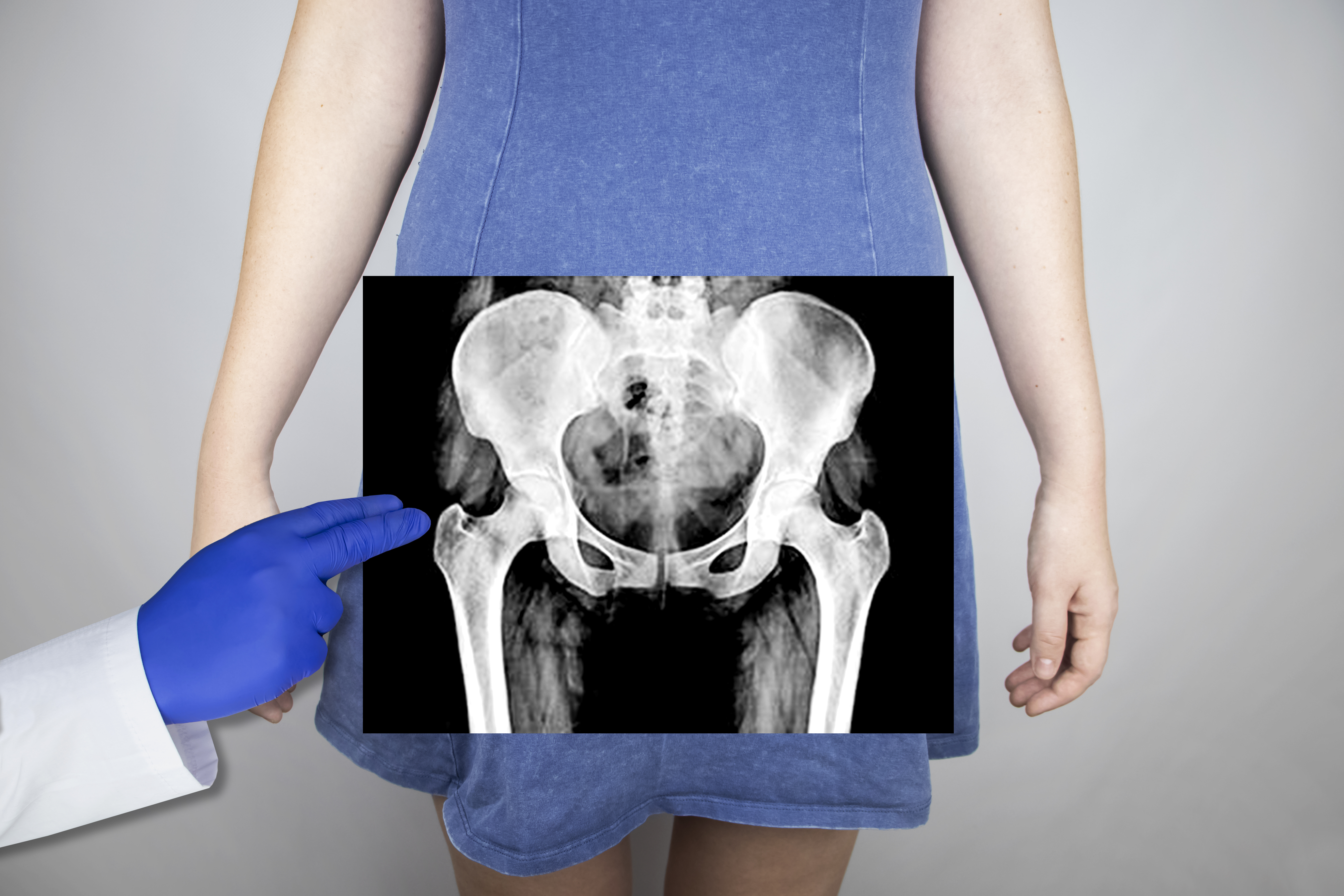
What Is Pelvic Floor Dyssynergia Advanced Gynecology

Dyssynergia An Overview Sciencedirect Topics
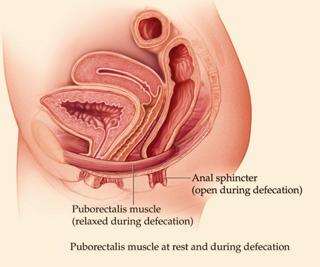
Anismus Pamela Morrison Pelvic Pain Physical Therapist P C

Pelvic Floor Physical Therapy For Pelvic Floor Hypertonicity A Systematic Review Of Treatment Efficacy Sexual Medicine Reviews
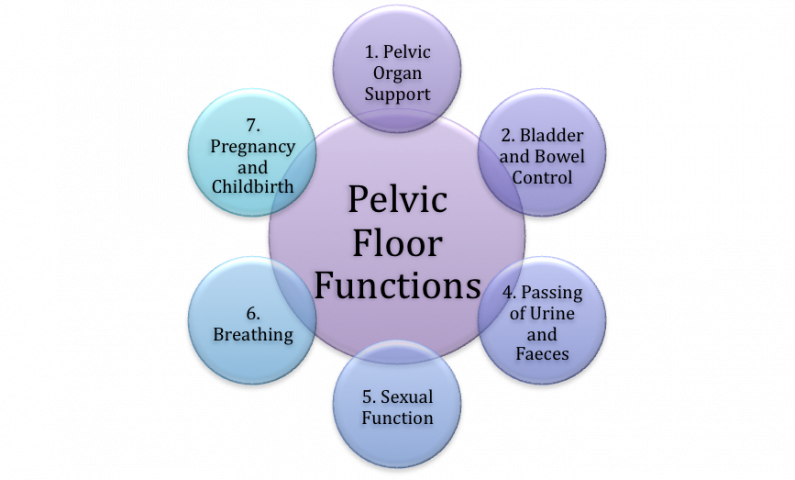
Pelvic Floor Dysfunction Physiopedia

Dyssynergic Defecation Youtube

Effect Of Biofeedback Therapy On Dyssynergia In 1 Patient Before And Download Scientific Diagram

1 What Is The Most Common Cause Of Constipation A Pelvic Floor Dyssynergia B Slow Transit C Functional D Mechanical Obstruction Ppt Download

Abdominophrenic Dyssynergia Blog Zion Physical Therapy

Pelvic Floor Dysfunction The Signs Symptoms And Treatments
